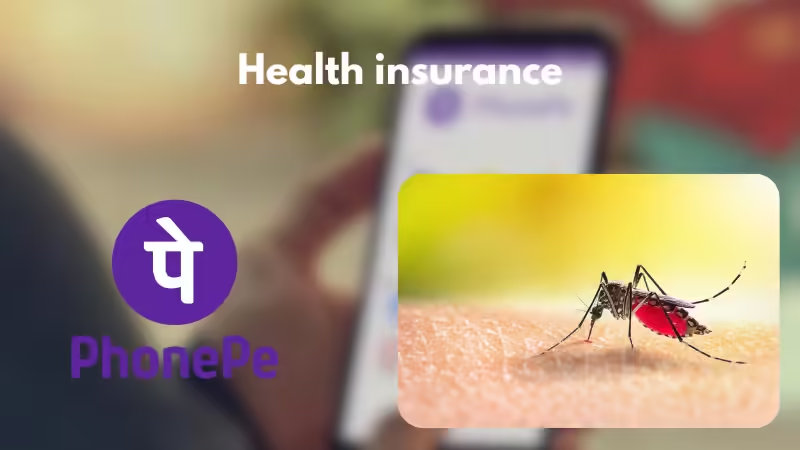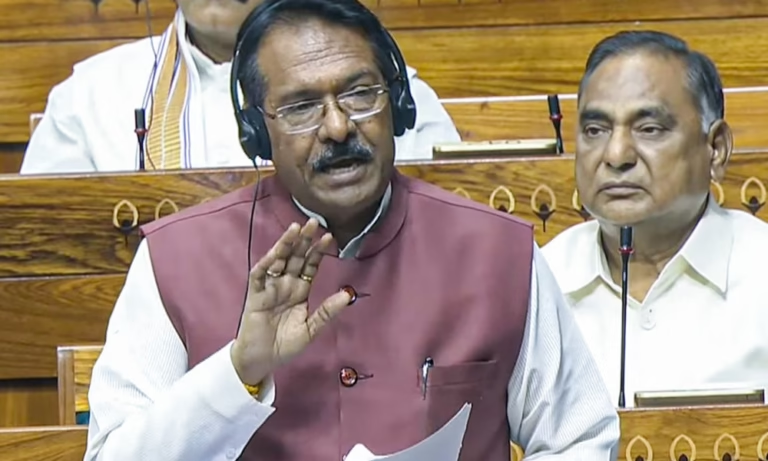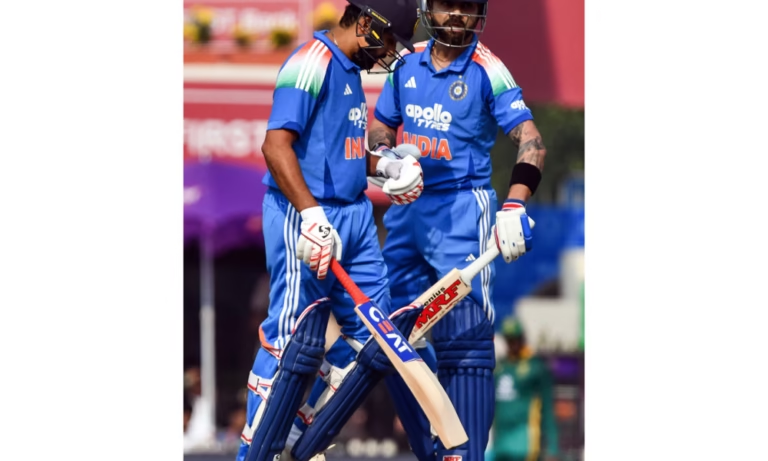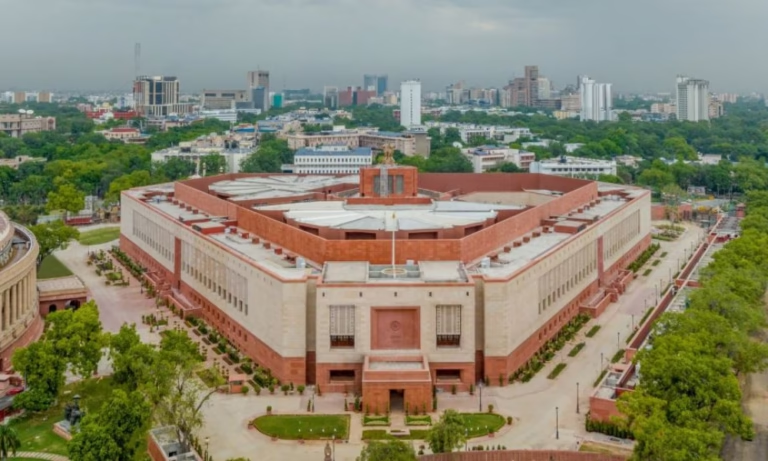
Childhood immunisation in India and across South Asia has reached an all-time high, according to a new joint report by the World Health Organisation (WHO) and UNICEF. The numbers speak for themselves the region is making monumental progress in protecting its youngest citizens from preventable diseases.
India, in particular, has cut its number of zero-dose children nearly in half, from 1.6 million in 2023 to just .9 million this year. That’s a 43% drop in just 12 months, showcasing the effectiveness of sustained public health efforts.
Across South Asia, immunisation coverage has climbed to record levels. A staggering 92% of infants received their third dose of the DTP vaccine in 2024, up two percentage points from the previous year. This marks a significant rebound from the pandemic-era disruptions that once threatened immunisation programmes.
Sanjay Wijesekera, UNICEF Regional Director for South Asia, didn’t hold back his praise. “This is a proud moment for the region,” he said. He credited frontline health workers, government commitment, and community trust for the success.
The first dose of the DTP vaccine also saw a rise, climbing from 93% coverage in 2023 to 95% this year. Overall, the number of zero-dose children in South Asia fell by 27%, from 2.5 million to 1.8 million.
Not just India other countries are making strides too. Nepal slashed its zero-dose cases by 52%, while Pakistan hit its highest-ever DTP3 coverage at 87%. Afghanistan remains a concern, however, with a slight dip in immunisation rates and the region’s lowest coverage.
Measles vaccination rates are also up. First-dose coverage reached 93%, while second-dose uptake hit 88%. The payoff is clear reported measles cases dropped 39%, from over 90,000 in 2023 to roughly 55,000 this year.
Yet challenges remain. Coverage still falls just short of the 95% target needed to fully prevent outbreaks. Dr. Thaksaphon Thamarangsi of WHO’s South-East Asia Region applauded the progress but warned against complacency. “We must build on this momentum and reach every child,” he stressed.
India’s success is tied to its Universal Immunization Programme (UIP), which provides free vaccines to millions of pregnant women and infants annually. Frontline workers, including ASHAs and ANMs, have been pivotal in this effort.
But the work isn’t done. More than 2.9 million children in South Asia still haven’t received full immunisation, highlighting gaps in access and lingering hesitancy. Conflict zones and fragile health systems remain obstacles that demand attention.
The data is clear South Asia is on the right path, but the journey to full immunisation coverage isn’t over yet.










